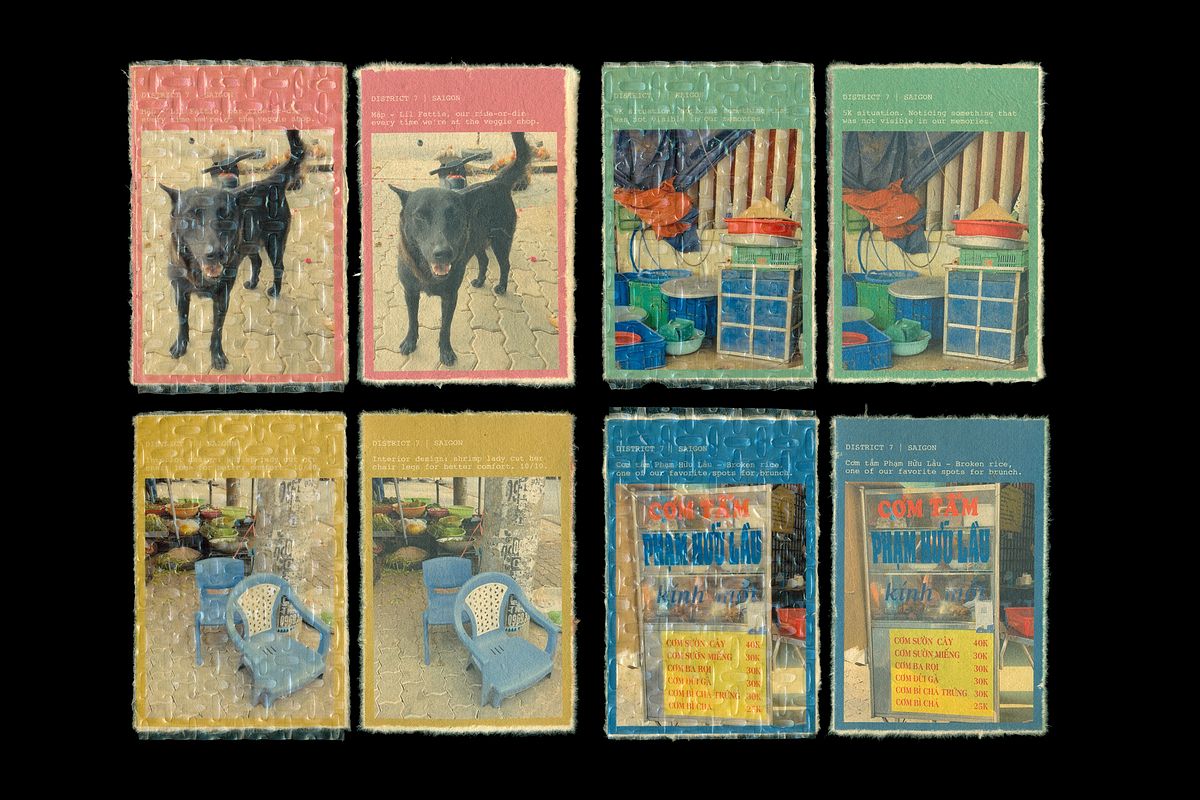What are our memories made of?
If we were to imagine them in physical form, childhood memories might resemble the sturdy heart of aged timber or solid stone. Firm and enduring, they are the very core of who we are. Romantic affairs, on the other hand, feel more like soft skeins of yarn, comforting when they keep us warm, but will unravel just as easily if we let go.
What about the everyday, adult ones? What shapes do they take? Thin and brittle, they often slip away unnoticed. Yet, as fleeting as they are, these everyday memories form the quiet backdrop of our lives.

Life is delicate, like rice paper.
For Jamie, the designer behind strangevisuals, these little fragments are quintessential. They carry their own weight and deserve to be kept on materials as distinctive as the moments themselves.
At its heart, strangevisuals is Jamie’s personal archive of memories, expressed through postcards made from dó paper and rice paper. Each postcard features photographs she captures on a whim — snippets of daily routines or scenes from her travels. Through them, viewers may find themselves wandering a produce market, befriending stray cats and dogs, or squinting at quirky details of an old building.
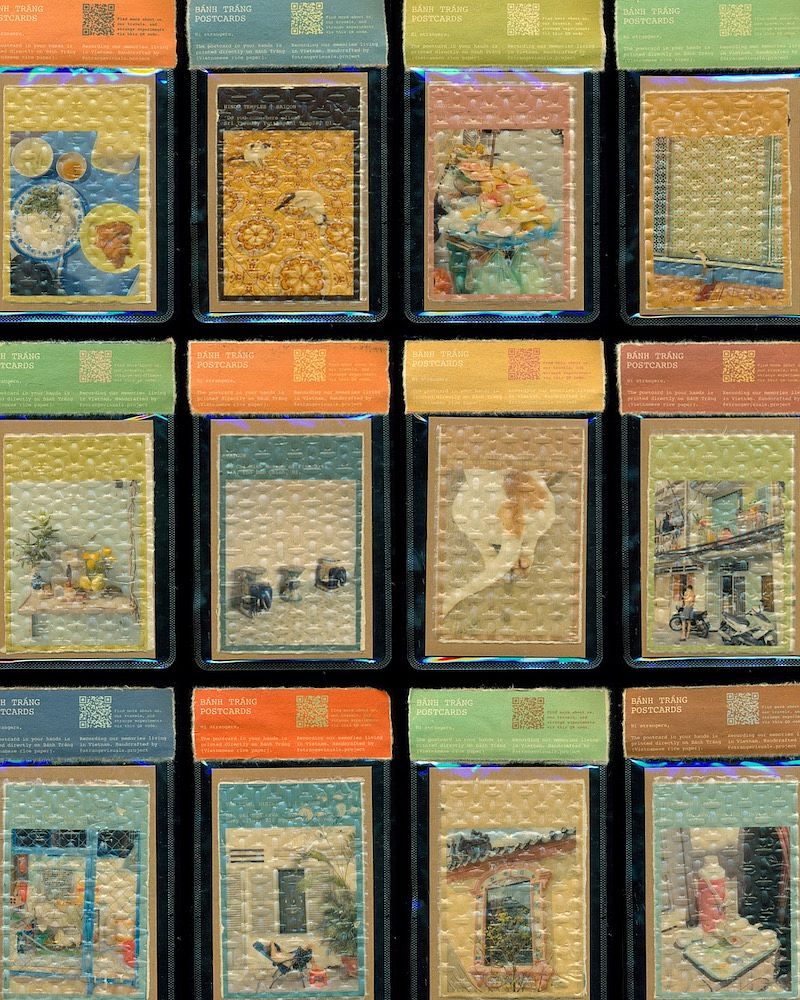

Postcards made out of dó paper and rice paper.
The idea first took root when Jamie watched a documentary about dó paper. In it, the filmmaker lamented that this craft was no longer “in fashion,” too slow and labor-intensive to keep pace with mass production. But Jamie was struck by its meticulousness and layered depth, a quality that mirrored her own perception of the world — to appreciate the beauty of the quotidian means slowing down and watching closely to see that even the most mundane contains multitudes.
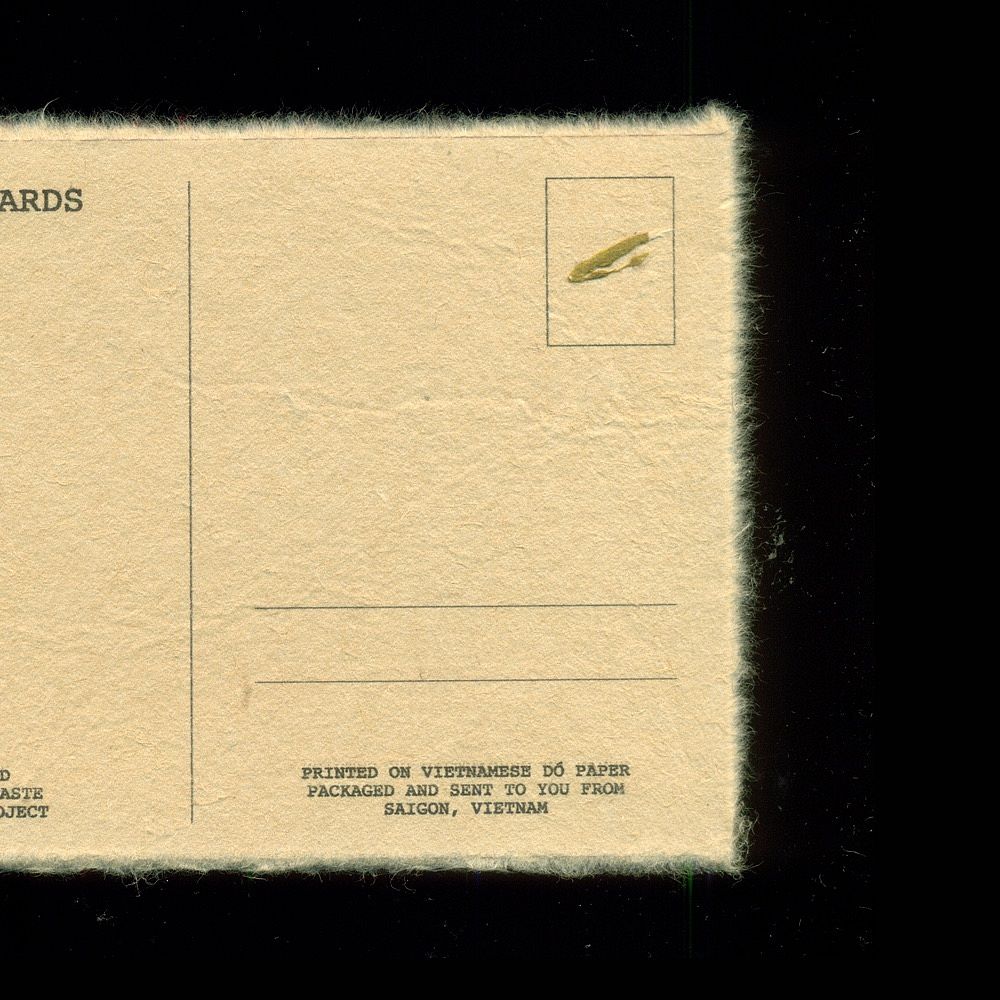

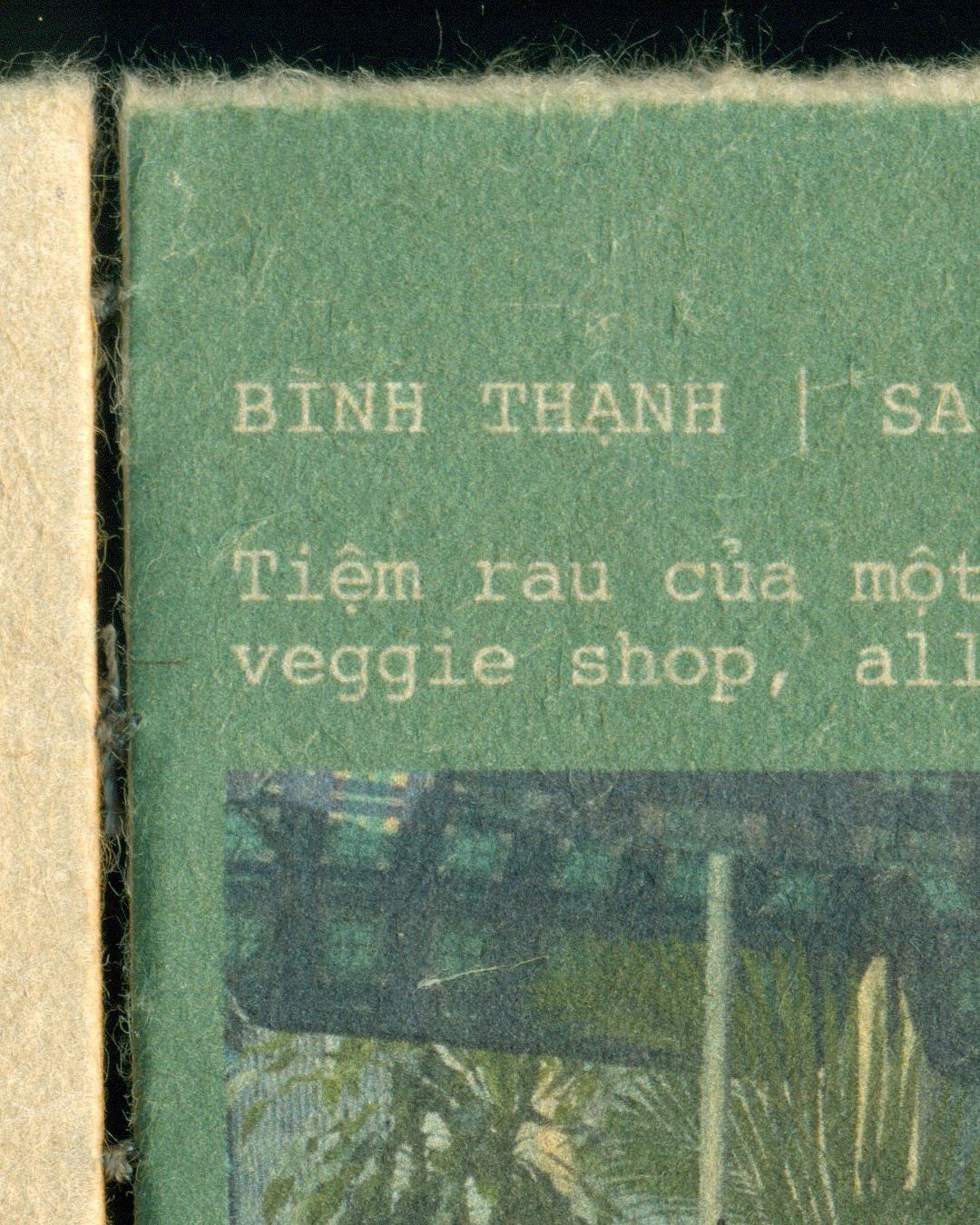
Dó paper became Jamie's material of slowness.
“I like to keep my memories on a medium […] of the right size to fit in the palm of my hand,” she explained. By coincidence, the standard postcard size, 15 x 10 cm, turned out to be the perfect fit. She also liked the word postcard itself, as to her, post suggested something that comes afterward, which felt perfectly in tune with the project’s spirit of tucking memories away to revisit later.
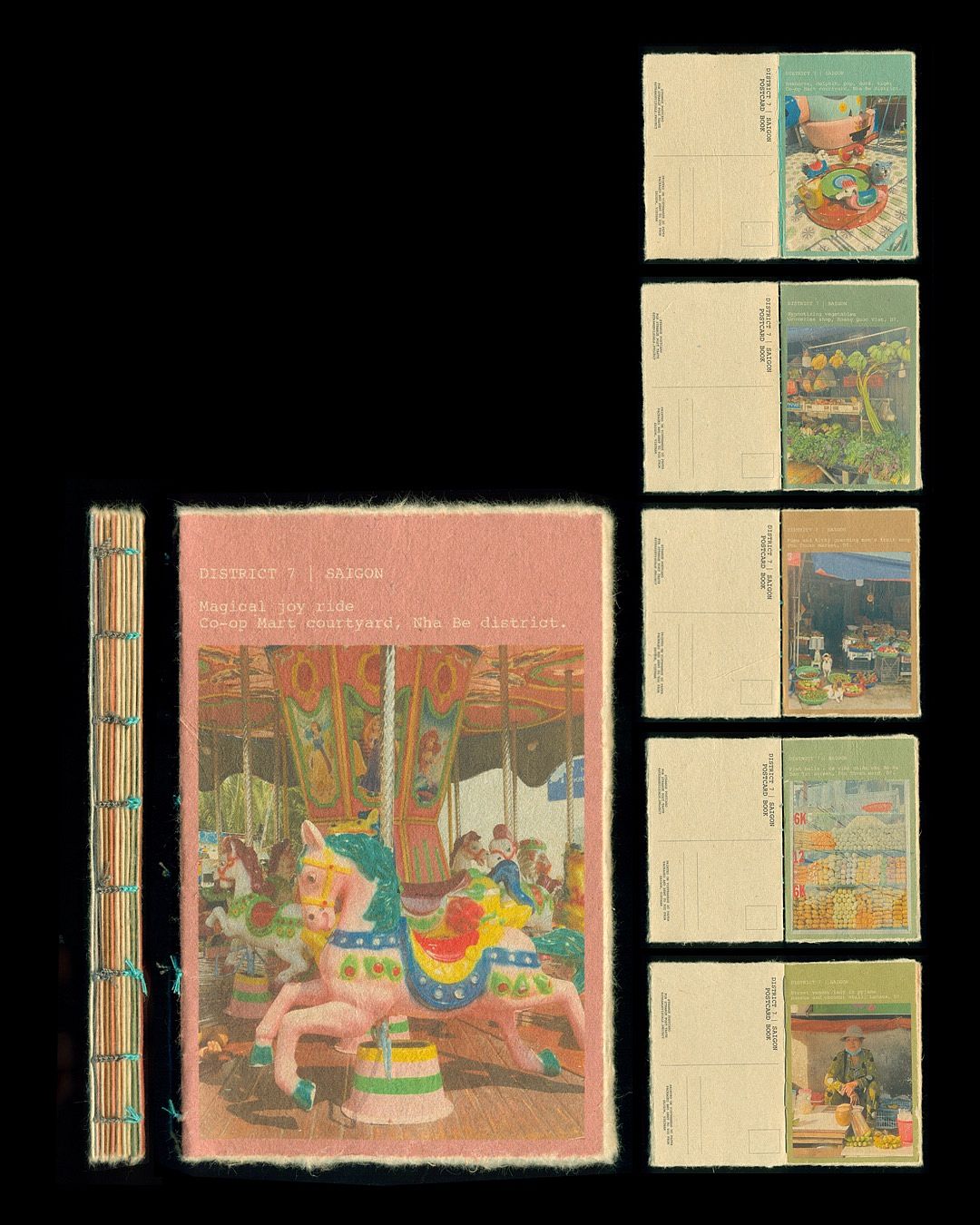
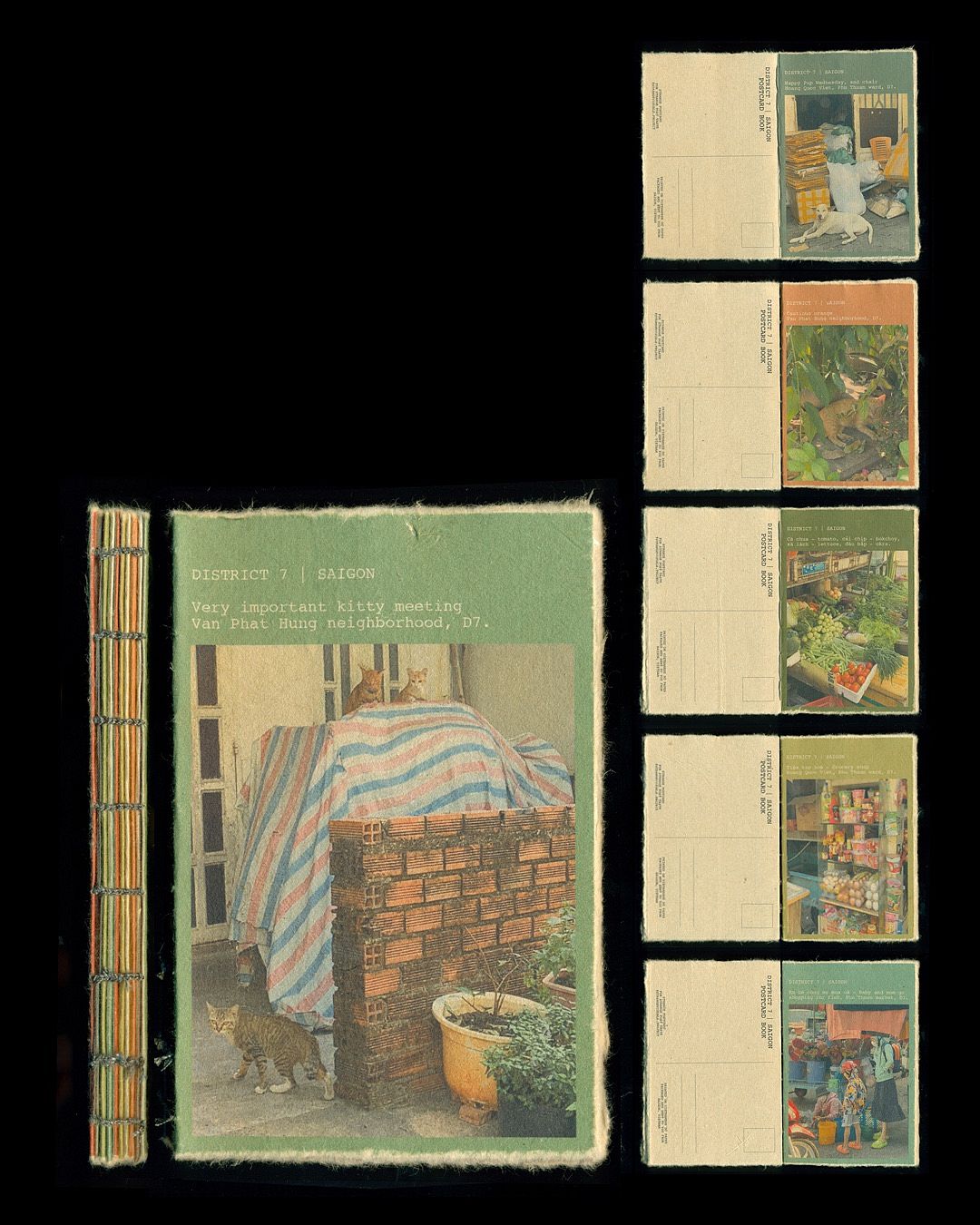
The front bears a photograph while the back leaves space for a note.
Jamie explained that many printers initially refused to collaborate because her chosen materials were incompatible with mass-production processes designed for plain white paper. So, drawing on her design background, she put her own printer to work and tinkered until she developed a usable method: “At the time, I didn’t know if I could pull it off, or if anyone would even buy them. If the plan fell apart, I would have been so upset. Luckily, it didn’t.”
After experimenting with dó paper, Jamie’s curiosity led her to rice paper. One evening over bún đậu, she thought to herself, why not try this?
The many rice sheets that Jamie put through trials.
Different kinds of materials revealed different qualities: dó paper absorbs ink deeply, making images soft and dreamlike, while rice paper’s glossy surface sharpens details, giving a film-esque aesthetic. One material acts like a mirror to the past, the other opens a window toward the future.
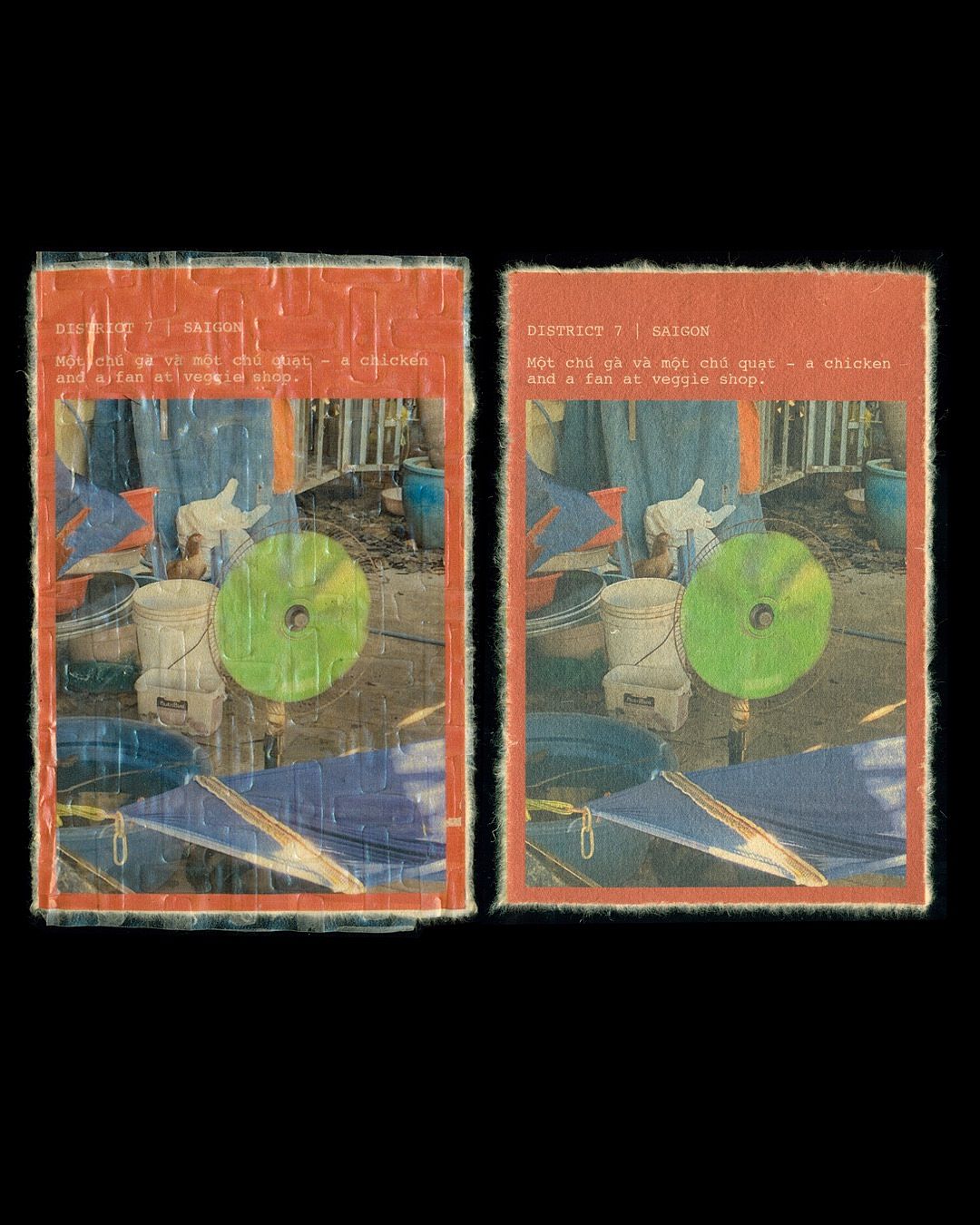
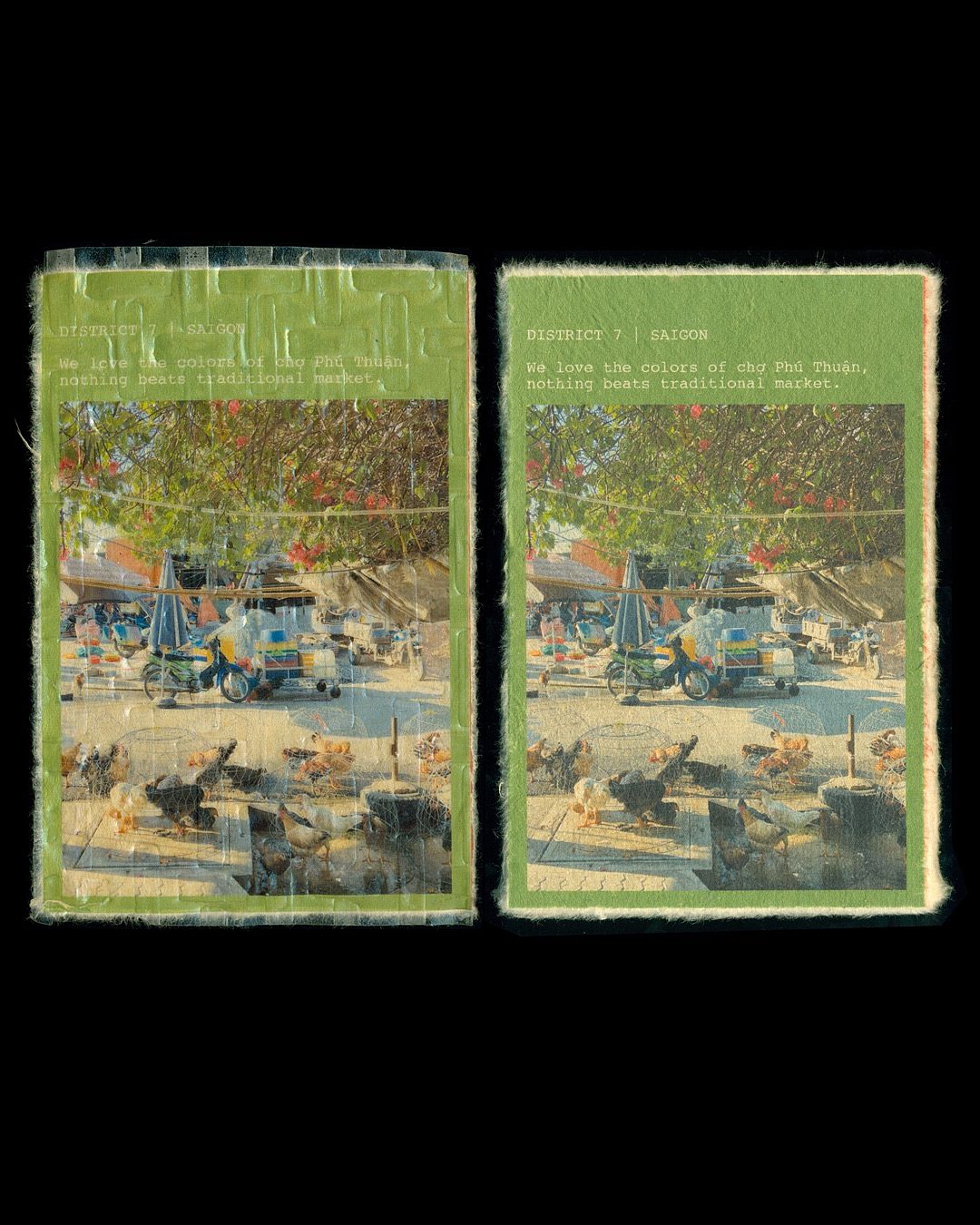
Each texture tells a story differently.
Strange materials cause strange mix-ups. A parcel of rice-paper postcards once stalled at customs. “Is it food?” they asked. Jamie had to sign a waiver promising it wasn’t edible. “Please don’t eat those prints,” she quipped. “They’ll just make you sick.”

Handle with care, and do not eat.
Unlike some other postcards, those of strangevisuals aren’t intended to commemorate anything special. Viewers can feel the spontaneity in every frame and sometimes pause to wonder: “Why photograph this?” or “Is there a hidden message here?” Jamie insists she simply lifts the camera and clicks without overthinking, “as a gesture of gratitude to the moment itself.” Whether the image is visually impressive or carries any meaning isn’t the point. What matters is that particular moment will never return. Soon, the afternoon sunray will change its path across the leaves. The cat will move into another languid pose. Beauty lies in impermanence, and that’s what strangevisuals exists for.
Jamie hopes strangevisuals will bring her to different lands and cultures, where she can continue collecting and experimenting with new materials, recording the world in its own peculiar rhythm. When asked if she could send a postcard to her younger self, she said: “I’d pick one where I’m laughing like an idiot and write nothing. Past Jamie, present Jamie, and future Jamie, we would all agree that life is wonderful.”
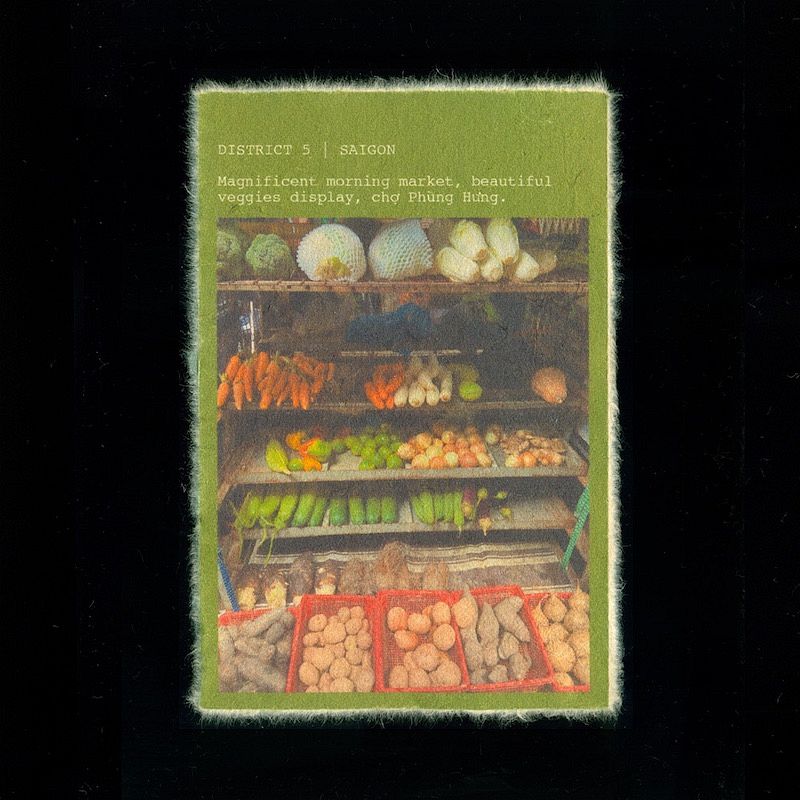
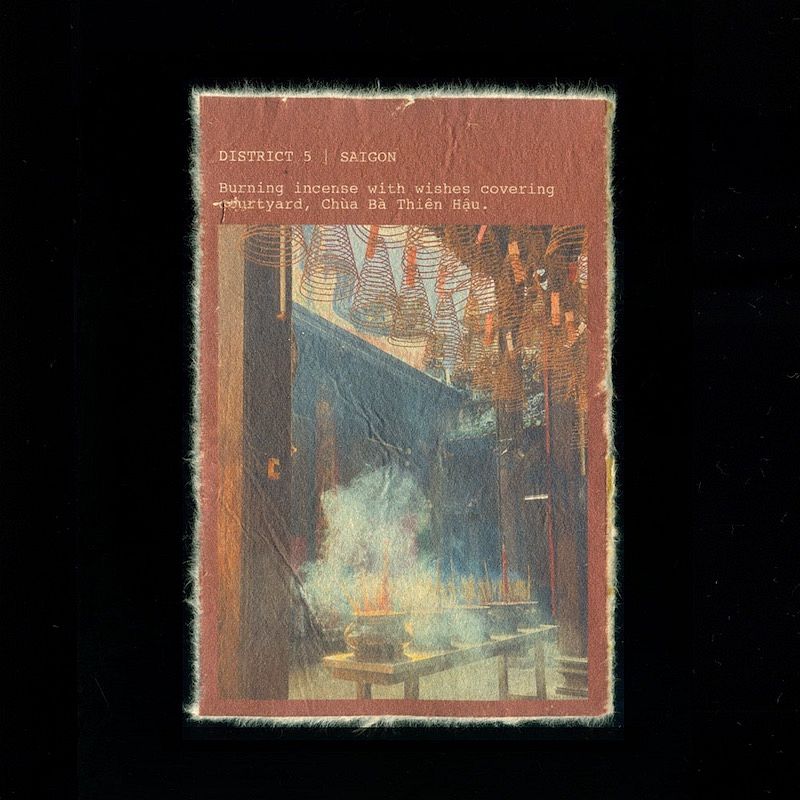
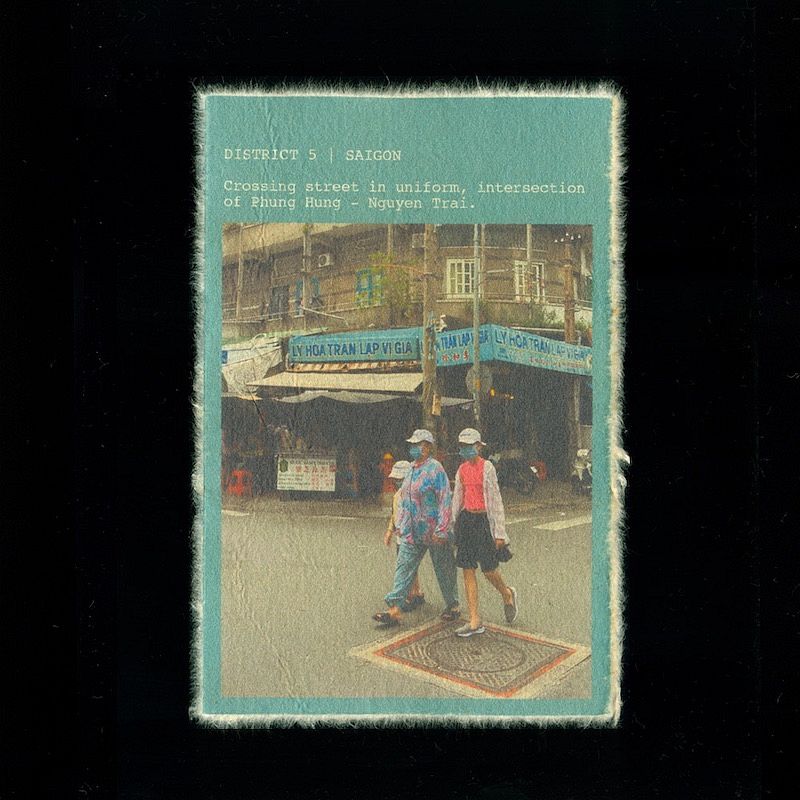

Chợ Lớn on dó paper.

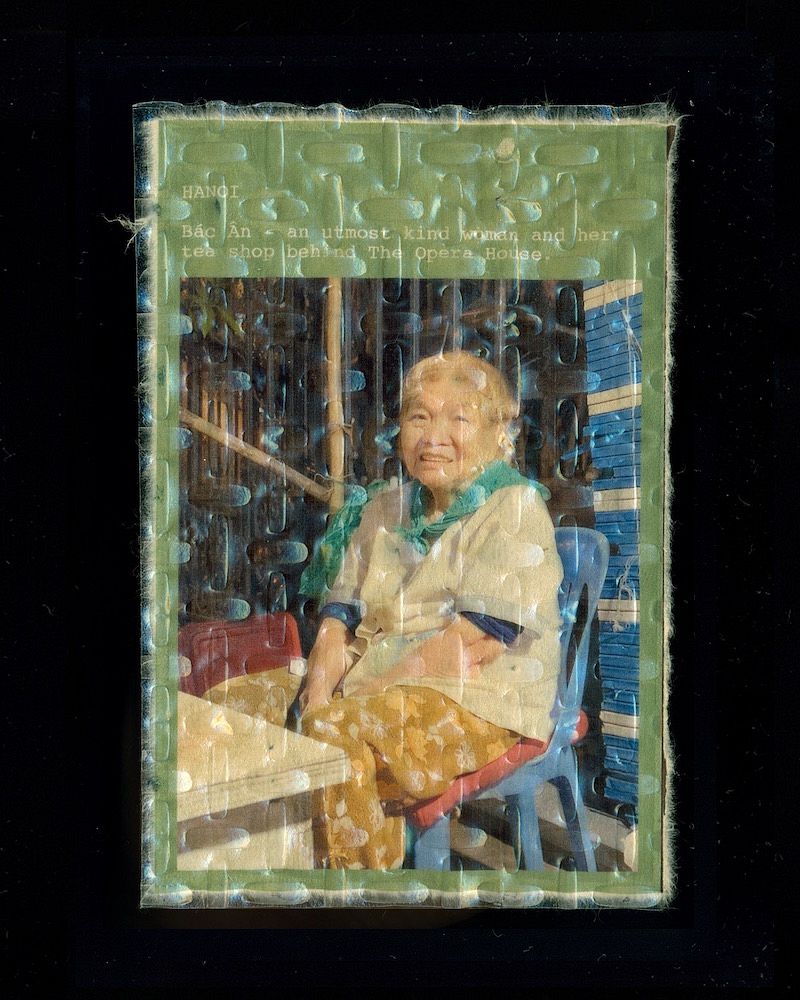
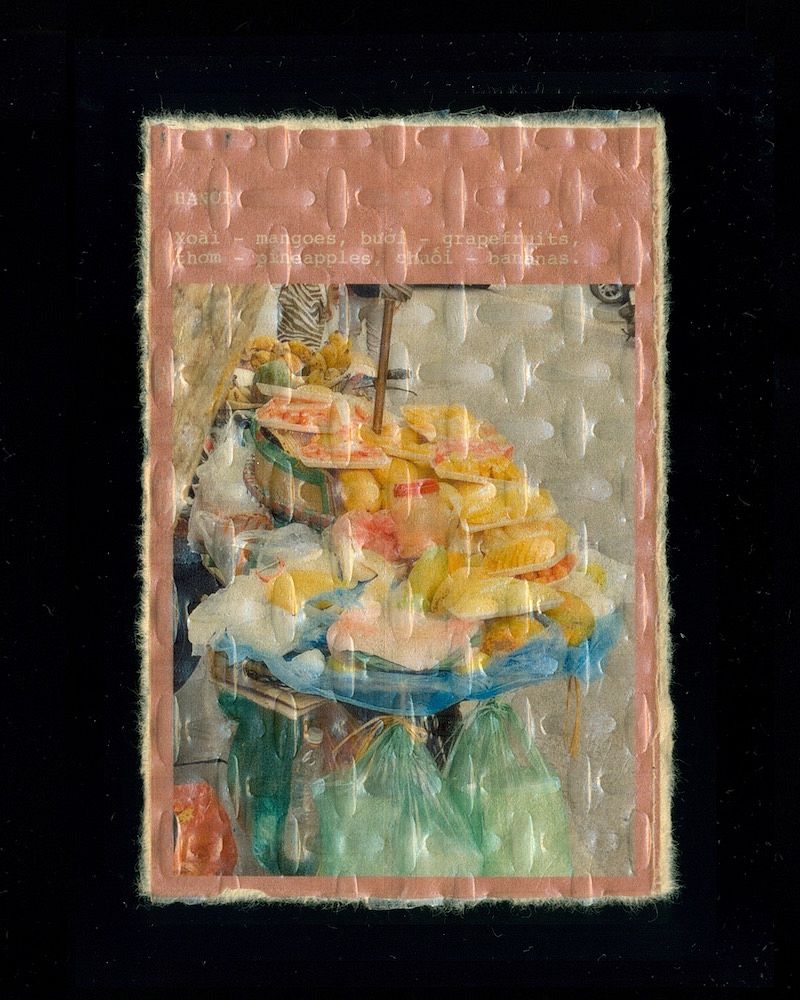
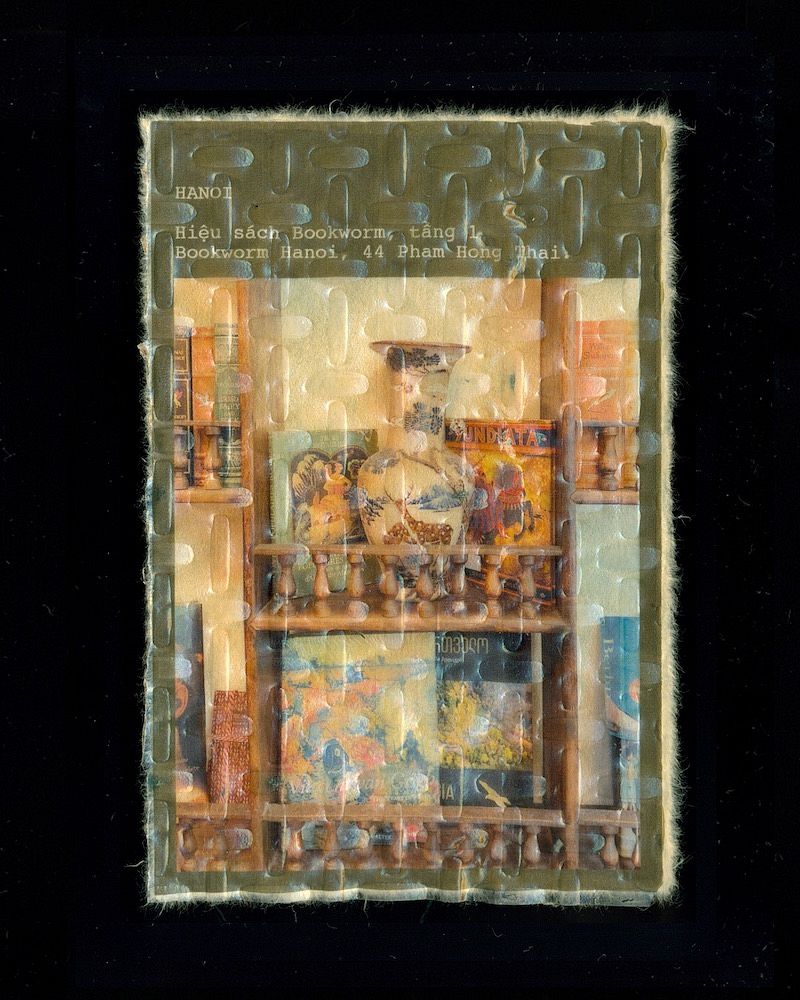
Hà Nội on rice paper from Tây Ninh.

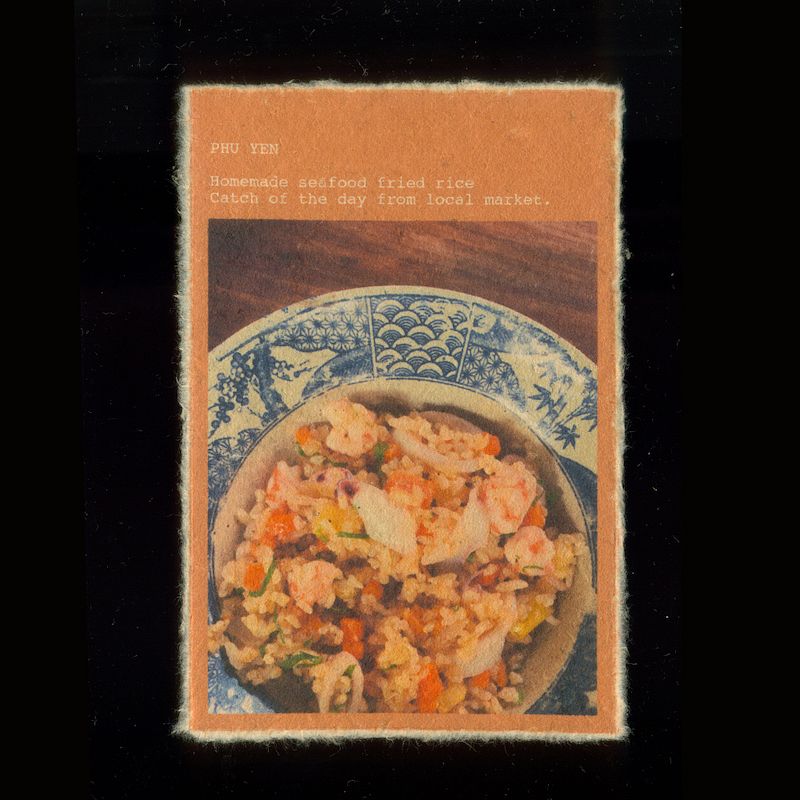
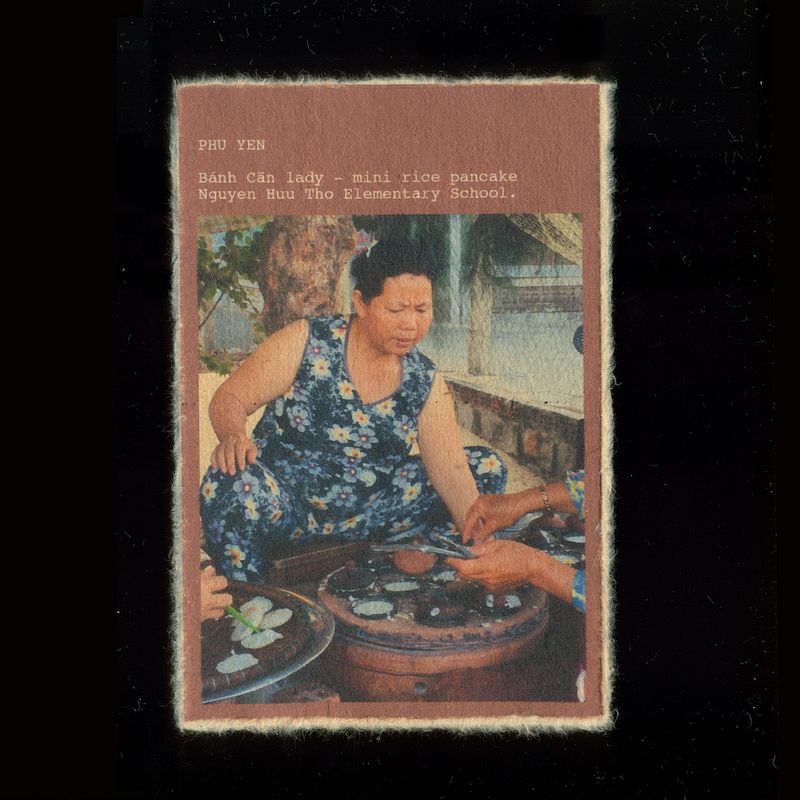
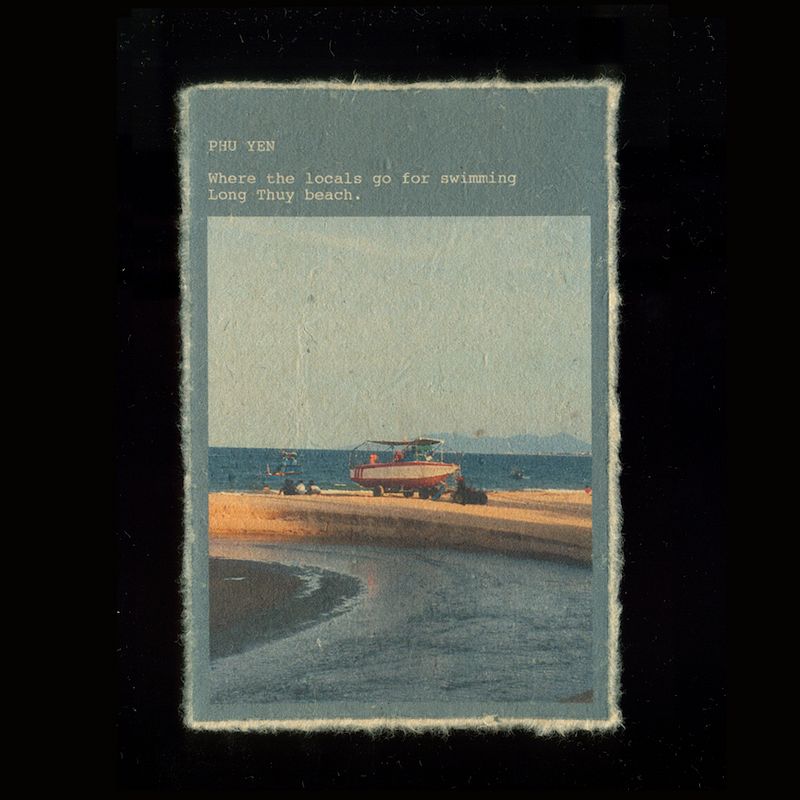
Phú Yên on dó paper.
Photos courtesy of strangevisuals.

